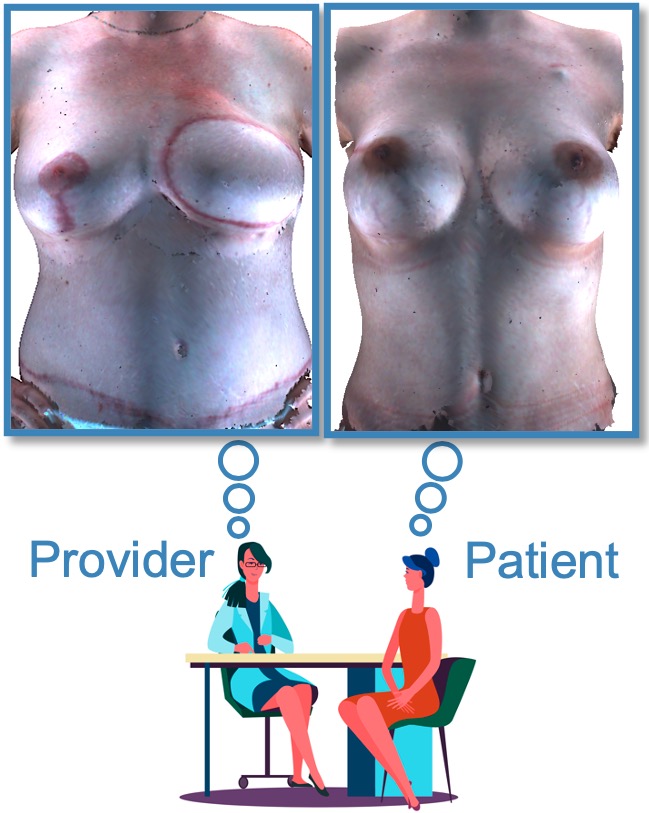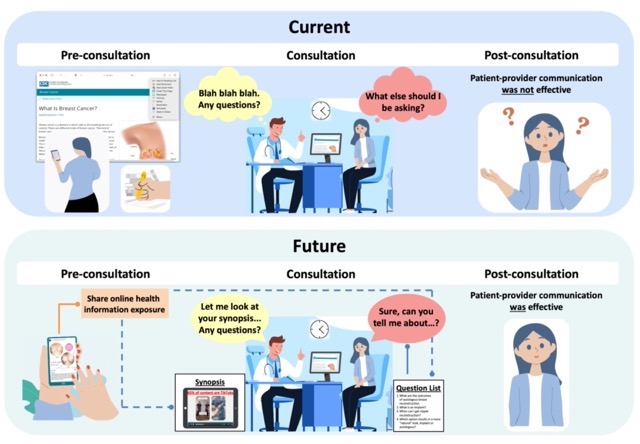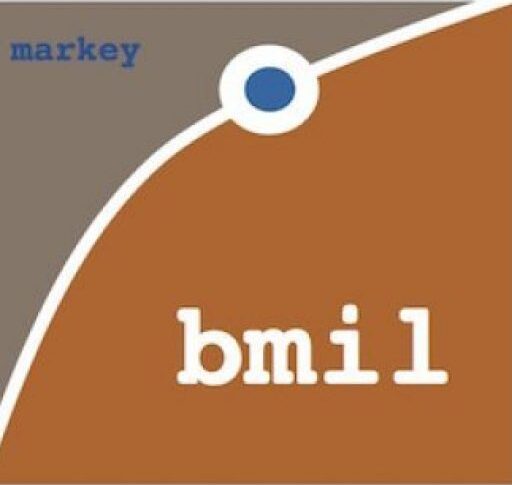Assessment of Appearance Perceptions in Breast Cancer Care

Many women choose to undergo breast reconstruction to mitigate the form changes resulting from breast cancer and its treatment. Contemporary surgical techniques cannot restore normal breast sensation but can recreate a breast form that is satisfying to the patient, facilitating psychosocial adjustment to living as a breast cancer survivor. Shared decision-making about reconstructive surgery requires that patients have realistic expectations about how their bodily form will be changed. But, it is difficult for patients to articulate their expectations of how their appearance will be changed by reconstructive surgery, and likewise difficult to evaluate the impact of interventions intended to foster realistic expectations of surgical outcomes.
Our goal is to develop methods for assessing a woman’s perception of the current appearance of her torso and how her appearance will be changed by breast cancer treatment despite mitigating reconstructive procedures.
Personalized Garments for Breast Cancer Rehabilitation
In addition to restoring bodily form and supporting a healthy body image, breast reconstructive procedures can help breast cancer patients regain a sense of control over their lives. However, healing after breast reconstruction can take several months or even years to complete. Bandages and medical garments can either enhance or diminish a patient’s sense of control during breast cancer rehabilitation. Existing medical garments meet some user requirements for supporting patients’ self-care during healing (e.g., most are easy to don and doff), but there are many limitations (e.g., few help patients accommodate drains, none incorporate silicone scar treatment).
Our goal is to integrate textiles and computational approaches to create adaptable medical garments that support patients’ active participation in their breast cancer rehabilitation. The adaptable medical garments aim to provide more flexibility than ready-to-wear medical garments, which are produced in large quantities, offered in specific sizes, and designed to fit the majority of individuals.

Online Health Information Seeking & Sense-making

Breast cancer patients consult online resources throughout their breast cancer journey, with the Internet being one of the most frequently cited sources of information. Some breast cancer patients often feel unprepared for changes in their appearance that arise from cancer and its treatment. So, many utilize online multimedia-sharing resources to see examples of other patients to help them envision possible outcomes of their own care. One of the most critical barriers to patients’ sensemaking about their health and healthcare is the disconnect between patient-provider and patient-online communications.
Our goal is to develop cancer communication interventions to enhance patient-provider communication based on the principle that online health information exposure is an integral factor to consider in care decisions and counseling.
Deep Learning for Patient Vital Monitoring
Pulse oximetry has become the medical standard for continuous, noninvasive assessment of peripheral arterial
oxygen saturation (SpO2), which has been considered the “fifth vital sign”. However, concerns about the accuracy of pulse oximetry have been raised and the possible racial bias or medical discrimination due to the inaccuracy of pulse oximetry has attained public concern. The CDC has announced concerns about the inaccuracy of pulse oximetry particularly upon oxygen management in the covid pandemic. The advancement of a non-invasive, continuous monitoring approach for accurate oxygen saturation is urgently necessary.
Our goals are to develop novel deep neural network algorithms to estimate the accurate oxygen saturation and improve accuracy by using precision medicine approaches for individualized patient-specific features, including static information (e.g., age, sex, BMI, ethnicity, skin color, genetics) and temporal signals (e.g., hemoglobin, blood pressure).
